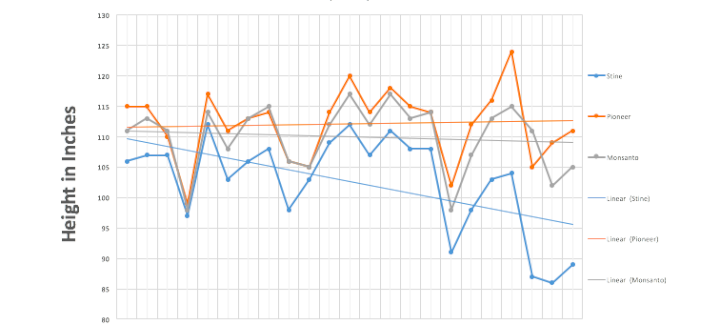Stine Seed Blog
Stine’s Ask the Agronomist blog is your source to the latest information from our expert team, including advice and insight on field practices, product recommendations, planting and harvest updates, new technologies, crop management, innovative research and information about how to keep your farm operation running smoothly year round.
-

Harvesting Gratitude
November 2019 in General
-

Part 4: Management Strategies for Difficult-to-Control Weeds (Driver Weeds) in Soybeans
November 2019 in Agronomy
-

2019 Harvest Roundup
November 2019 in Agronomy
-

Part 3: Management Strategies for Difficult-to-Control Weeds (Driver Weeds) in Soybeans
November 2019 in Agronomy
-

Harvest Alert: Watch for Corn Ear Molds
October 2019 in Agronomy
-

Part 2: Management Strategies for Difficult-to-Control Weeds (Driver Weeds) in Soybeans
October 2019 in Agronomy
-

Grow Stine Short-Stature Corn, Increase Yield
October 2019 in Agronomy
-

Management Strategies for Difficult-to-Control Weeds (Driver Weeds)
October 2019 in Agronomy
-

Comparing Data from Strip Trial Plots
October 2019 in Agronomy
-

New Technology, More Plots, Better Breeding
September 2019 in Agronomy
-

Tips for Managing Prevent Plant Acres This Fall
September 2019 in Agronomy
-

Are fungicide and insecticide applications relevant this late in the game?
September 2019 in Agronomy





